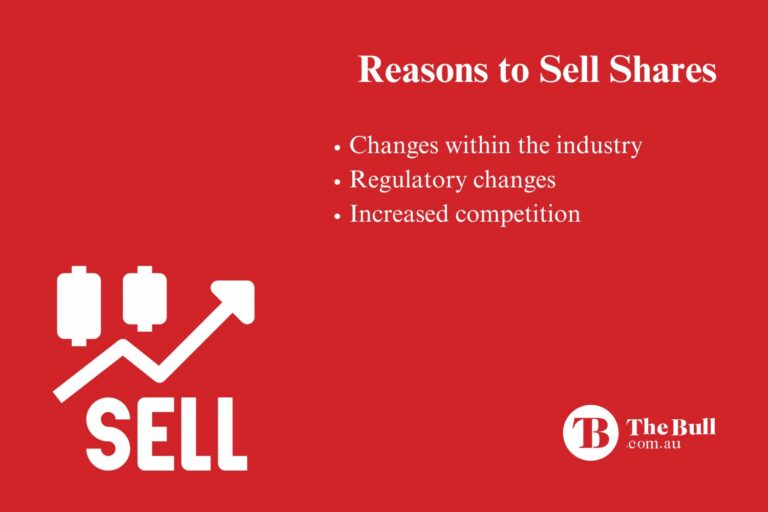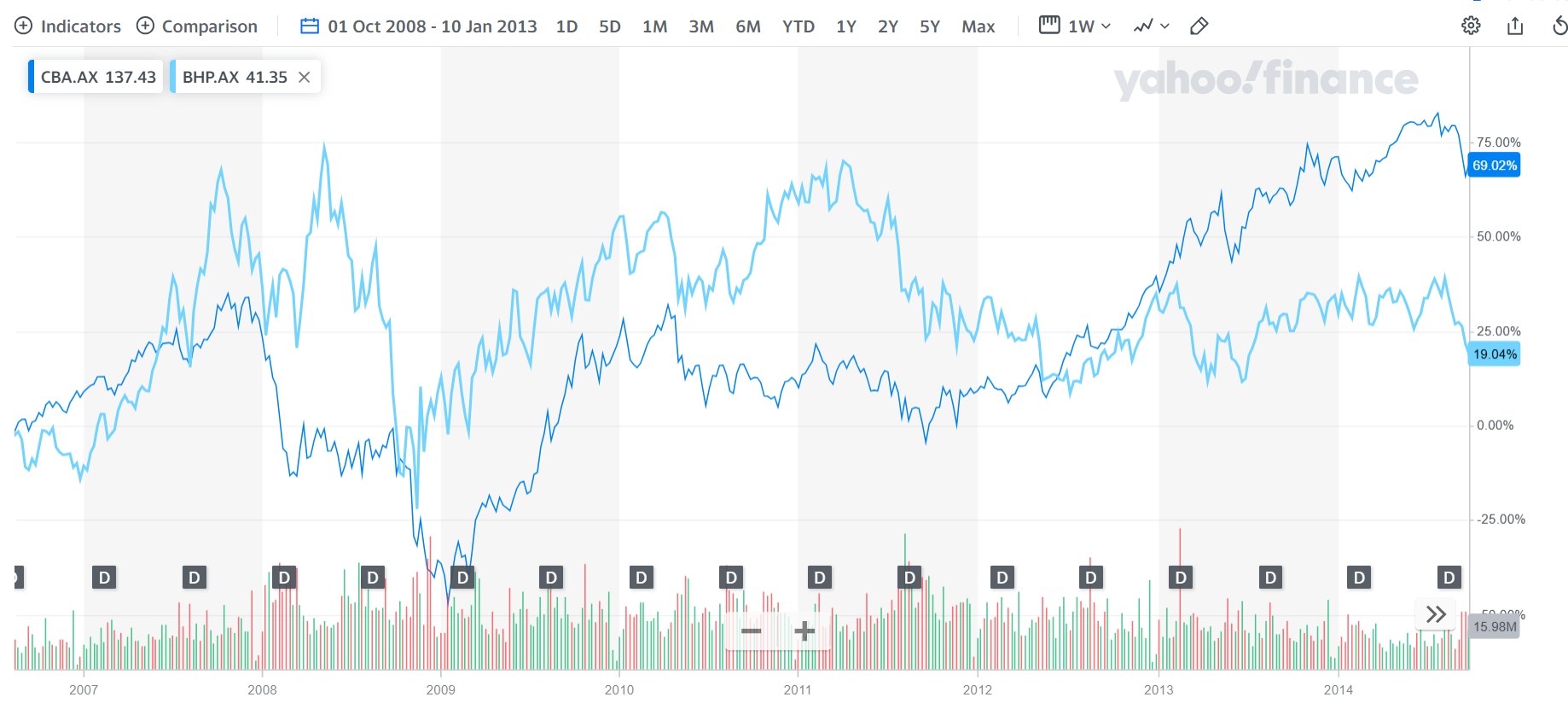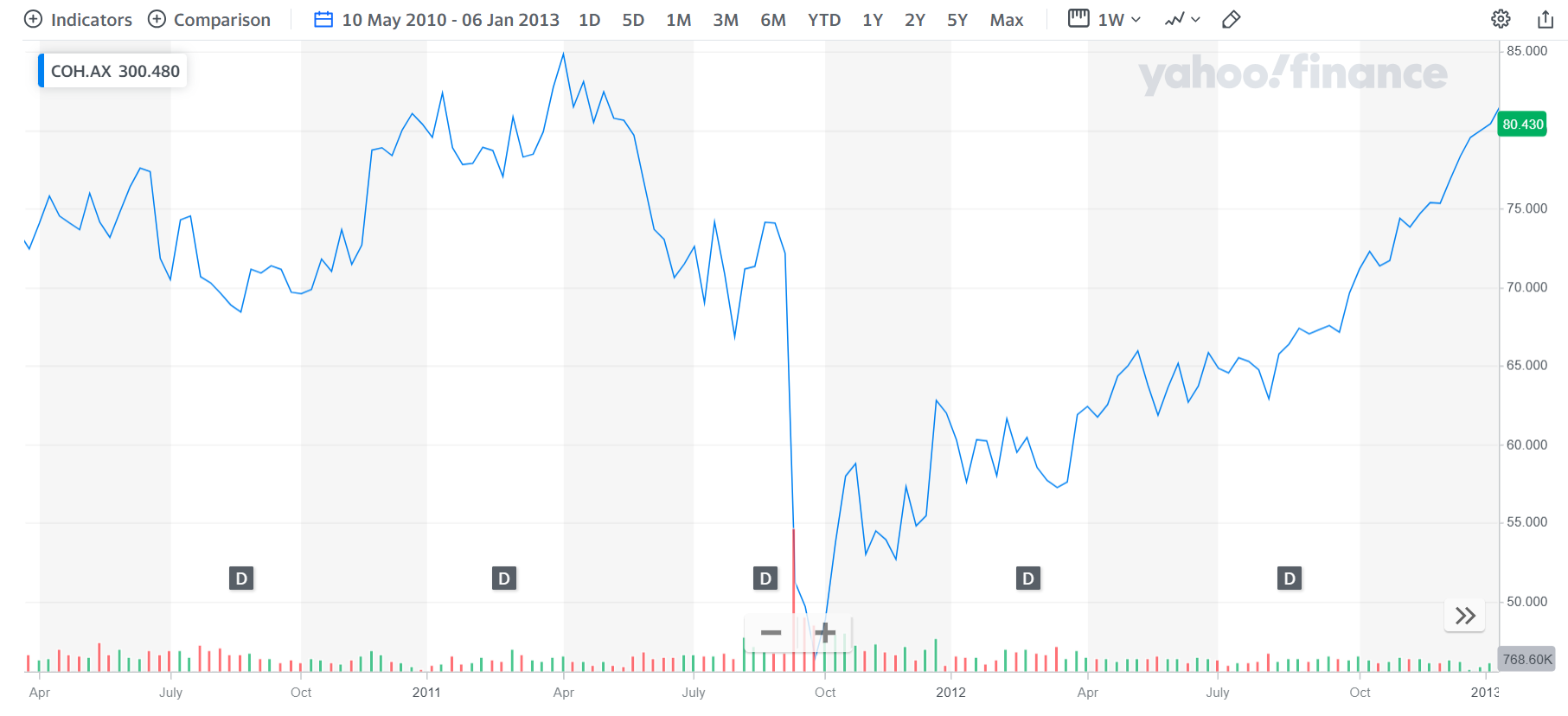Stocks Trending Downward – Hold, Buy More, or Sell?
The COVID 19 Pandemic poured fuel on a pre-existing fire – the rush of newcomers to share market investing, many of them from younger generations. The influx led many financial analysts and market experts to express concern for how this new crowd would learn the rules of the game. The trading platform of our largest bank – the Commonwealth Bank of Australia (ASX: CBA) – CommSec to establish an exhaustive market education section on its online trading platform.
While equity investing is all about both buying and selling, many put off learning much about their own strategy for selling a stock in which they have invested not only money, but also significant time and effort researching the buy.
In the early stages of learning the ins and outs of trading stocks the primary concern is how to buy stocks. New investors learn the basics of fundamental analysis, valuation ratios, how to research potential stocks for investment, and differing trading strategies.
When they do delve into when to sell a stock, two radically different schools of thought confront them.
Top Australian Brokers
- Pepperstone - Trading education - Read our review
- IC Markets - Experienced and highly regulated - Read our review
- eToro - Social and copy trading platform - Read our review
Market experts that draw a distinction between trading and investing strongly advise newcomers to establish a hard and fast percentage gain for each stock in an investor’s holdings. When they stock price has risen 15% or 20% or 25% above the purchase price, it is time to sell, move on to other investments, and never look back. Another bit of investing wisdom is to sell half of the holdings in a stock that has doubled in value, leaving the investor to continue to play the stock with “house money.”
Others read the response to a question posed to one of history’s greatest proponents of the “buy and hold” school of investing – US investor Warren Buffet. He was asked what was his preferred holding period, to which he replied, “ideally, forever.”
Buffet elaborated to say the reason to sell a stock should be grounded in the rationale – or fundamental investment thesis – for buying the stock in the first place. If the thesis still holds, there is no reason to hold and may be a reason to buy more on the dip.
Studies of investor behaviour have identified some solid reasons not to sell shares, in addition to the observation offered by the Buffet school of investing as reasons for selling shares.

Reasons Not to Sell Shares
Not all investors buy stocks following extensive research and thought, or “due diligence.” Some subscribe to the “follow the herd” approach. When a stock gets hot, and then hotter, many investors pile on with insufficient consideration for the fact market perception drives stock price more than the reality represented in the company’s business model, financial performance, and growth prospects.
There is nothing magical about what drives a stock price up – more buyers than sellers – and what drives a stock price down – more sellers than buyers. When perception shifts, selling off a stock can approach and exceed panic selling status. The herd stampedes both ways, with waves of selling , or panic selling becoming a major reason not to sell shares, for investors who crafted an investment thesis.
Loss aversion is another. Research on investor behaviour has uncovered a surprising observation – investors are more downtrodden with a losing stock than they are enthralled with a rising stock. Selling when pre-defined percentage gains occur operates in reverse as well with financial analysts favoring trading strategies strongly advising investors to pre-define acceptable loss percentages and to head for the door when the percentage loss is reached or breached. Selling shares once they reach a pre-defined loss may scratch the loss aversion itch, but it ignores a fundamental reality of share market investing. Time can be your friend.
Panic selling is a classic example supporting the adage “markets shoot first and ask questions later.” Asking questions to better understand what is behind the panic leads some investors to not only avoid selling out, but to buy more shares. Depending on the reason for the panic selling, the issue may reverse over time.
The Great Financial Crisis of 2008 may be nothing more than ancient history to many of the youthful investors of today, but it evoked panic selling not seen since the Black Tuesday Crash in 1929.
Two of the largest stocks on the ASX – Commonwealth Bank of Australia (ASX: CBA) and BHP Group (ASX: BHP) were crushed. Investors who studied the event saw it as a credit crisis, with global credit markets frozen. Risk tolerant investors willing to bet the crisis would ease when credit was restored were rewarded. The following chart from Yahoo Finance Australia tells the tale.
Source: Yahoo Finance Australia
Reasons For Selling Shares
Severe downturns typically result from changes in the market in which the stock trades, the industry sector in which the company operates, or within the company itself. Fundamental investors construct reasons for buying a stock. If none of those reasons have fundamentally changed, buying on the dips seems a more appropriate strategy than selling out. Bear markets come and go without altering the fundamental investment thesis for buying a stock.
Bear markets come and go without altering the fundamental investment thesis for buying a stock.
Changes within the industry and within the company may be relevant reasons for selling shares. Technology changes within an industry sector may leave some companies behind. Online retailing is an example. Over time, many major retailers adapted, creating their own successful online sales platforms. Others were less successful, providing a reason for selling.
Regulatory changes within an industry can add unanticipated costs which could be serious enough to warrant selling. Regulatory changes in the assisted living sector in Australia crushed companies. Competition within an industry is another potential reason for selling. The introduction of the iPhone in 2007 decimated demand for once market leading rivals Blackberry and Nokia.
Changes within a company may alter an investment thesis temporarily. The best example is the 2011 recall of market leading cochlear implant provider Cochlear Limited (ASX: COH). The company recalled a flagship product, with analysts quick to point out the company would lose market share, which they did. Astute investors who had done their homework knew the purchase decision of the implant was not made by consumers, but by the physician performing the implant surgery, with many surgeons loyal to Cochlear. In short order, Cochlear shares recovered.
Source: Yahoo Finance Australia
When to Sell Shares
When an investor understands what contributed to the decline in the price of a stock in his or her portfolio of holdings with scant reason to believe the condition could correct over time, it is time to sell.
Tax considerations should influence the decision of when to sell shares, when possible. Stocks held for less than 12 months earn a 50% deduction of the capital gain, provided the stocks were purchased after 21 September of 1999. Stocks sold at a loss can offset capital gains indefinitely.
Knowing when to sell shares is the end point of share market investing that gets less attention than knowing what and when to buy. Short term traders are advised to set percentage gains and losses to guide them to the exits to take profits or a loss of a losing stock.
Fundamental investors avoid panic selling by assessing a decline to see its impact on the reason for buying the stock. Regulatory and technology changes along with competition can derail the initial buying rational, signaling it is time to say good-bye.







